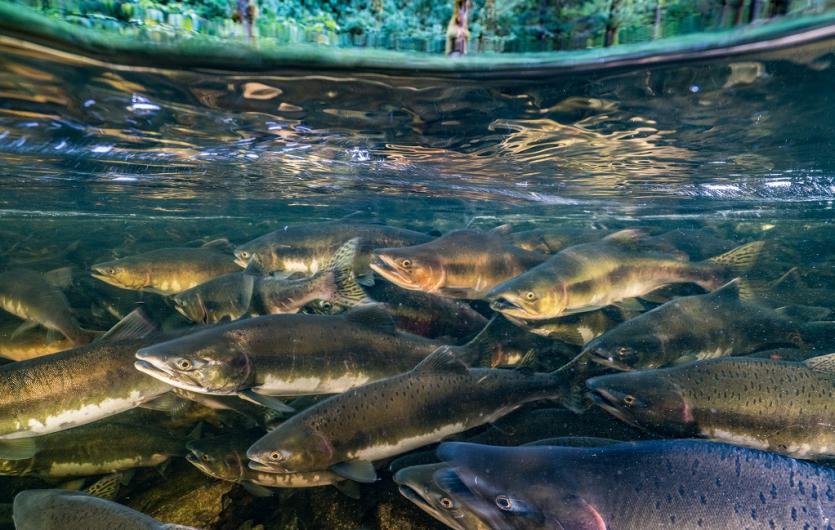Like many migratory fish, chinook salmon are threatened by overfishing, habitat degradation, and dams that block their migration from the sea to upriver spawning grounds. Photo:National Geographic
Migratory fish numbers dropping severely over the last 50 years
By Patryk Krych | The World Daily | JULY 28th 2020
Since 1970, it’s been found that the total number of migratory fish have been steadily dropping, and have thus far plummeted by an entire 75%, according to a study. A “catastrophic” amount, the researchers say.
This study, called the Living Planet Index for Migratory Freshwater Fish, is considered to be the first in the world that focuses on a full and comprehensive study on the status and wellbeing of migrating fish populations.
The statistics were found to be far more disastrous in Europe, where the populations of sturgeons and eels were both noted to have been down by an entire 90%. The causes were narrowed down to be a mixture of the climate crisis, overfishing, increased water pollution and an overall increase in the building of dams, globally.
“The statistics are shocking but we know migratory fish populations can bounce back. We need to act now before populations get to the point where they are too low to recover. Now is the time to value migratory fish and the rivers that sustain them,” said Herman Wanningen, Founder of the World Fish Migration Foundation (WFMF).
Certain species of fish are considered vital for the preservation of particular ecosystems. Salmon, trout and giant catfish are all important in this way by carrying nutrients from the oceans upstream with them. These are nutrients considered important for other land species, such as bears and wolves, or birds that prey on the fish.
The migratory fish also serve as a vital source of food for millions of people around the world, particularly impoverished people and hunters.
The scientists heading the study went on to comment that the situation, while bleak, may in fact be all the bleaker than we expect, seeing as they calculate that the declines had begun even before 1970. Historically, in the Great Lakes in North America, the populations of sturgeon have overall dropped by around 95%. There is also further investigation to be done in rivers such as the Amazon, or in Congo or Mekong, where scientists fear the declines may be just as great.






